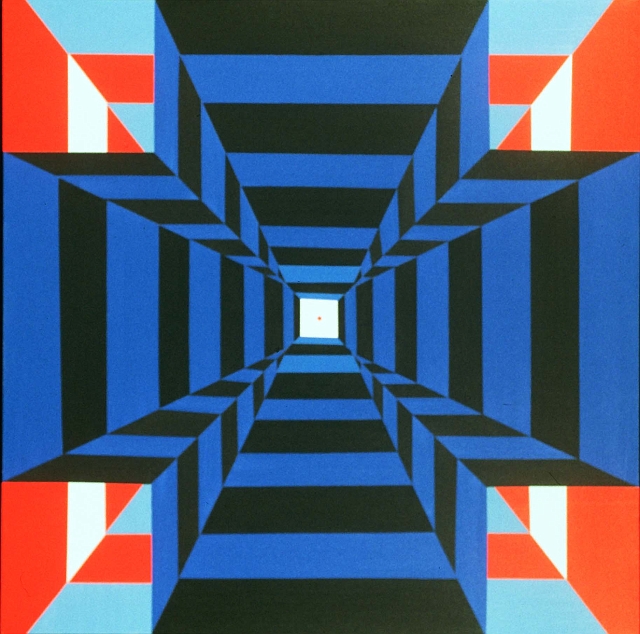|
LITR 4328: American Renaissance |
Model
Assignments |
 |
Ruth Brown
Merging
Lines in Literature
In school literature classes, I usually don’t
think much about what type of literature I’m reading. It’s assigned, and I read
it so I can participate in discussions and complete assignments. I didn’t know
when I signed up for American Renaissance that I would be reading a blend of
classic, popular, and representative literature. Reading works from these three
categories enabled me to expand my perspective on what the purpose of literature
is and what classifies it to one of these categories.
From what I’ve learned reading the terms page
and during lectures is that classic literature is enduring and can always bring
something new even after many read-throughs. The phrase used on the terms page
is "a book that won't stay closed.” It can continually offer new insight and
speak to new audiences. The purpose of this type of literature is often seen as
almost purely educational. Classic literature is widely taught and accepted in
schools and higher institutions, but is not usually read for pleasure by common
readers. It helps build different perspectives, vocabulary, cultural and
historical frameworks, and can be challenging both in reading level and in
critical thinking.
Two classic authors I keep learning from this semester are Thoreau and Emerson.
I read them the week their works were assigned and I was able to pick up on new
ideas. When I went back and read them again in preparation for this final essay,
I again learned new ideas and I can imagine reading them again in the future and
picking up on entirely new ideas. Their writing is sometimes difficult to read
or understand, but underneath are concepts that grow my perspective on the world
and help me to think about things like nature and government in completely new
ways.
Popular literature, is like it is described. This literature enjoys popularity
with common readers and people are excited to read and talk about it. It is
usually centered on familiar ideas, characters, or plots and has a shorter
shelf-life. The purpose of this type of literature is usually seen as
entertaining. There is a possibility that writers or works can be popular and
then become classics that keep being read or taught.
Writers like Irving and Poe were popular in their time, but they have also
become classic. Their work is easy to read and approach, it is often exciting
subject material, and it might not seem challenging at first. However, there can
be deeper meanings or ideas that continue to be relatable or help to understand
new contexts. For example, Irving’s Rip Van
Winkle is set shortly after the American Revolution, but it is just as
relatable to today’s ever changing society.
The last type of literature that we studied this semester was representative
literature. It is also known as multicultural or diverse literature, and
according to the course terms page, is “written
by marginal or repressed races, classes, or genders.” This types of literature
could be educational or entertaining, but might only be known to certain groups
or have appeal to select audiences. However, it can often be challenging to
familiar ideas and can help broaden cultural and historical perspectives.
This semester we read a wide selection of representative works and writers, but
my favorites were
Frederick
Douglass and Sojourner Truth. I had read
Frederick
Douglass before, but was reminded how powerful
his writing is and how it continually challenges me like a classic work of
literature. He is also one of the more popular or well-known representative
writers and I was assigned his work in high school. Sojourner Truth was someone
new to me and even though she couldn’t read or write and her work had to be
written down by other people, her messages were still powerful and unique to her
voice. Both of these writers helped me better understand the historical and
cultural framework of their time.
These three categories are not strict boxes or lines that can never be crossed,
rather they are formed from certain characteristics that blend and merge
together. Popular authors and works can become
classics just as representative authors or works can be popular or become
classics. This semester I wrote a paper in my advanced writing about diversity
and it got me thinking more about these categories and what should be taught in
school. I felt like this course possessed a good balance between these
categories and I hope when I have my own classroom to be able to find a right
balance.


